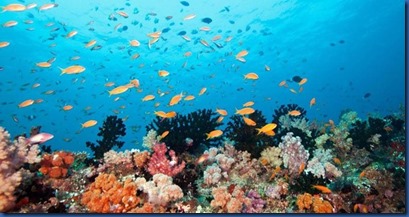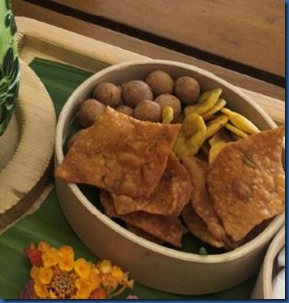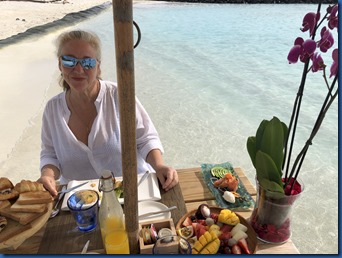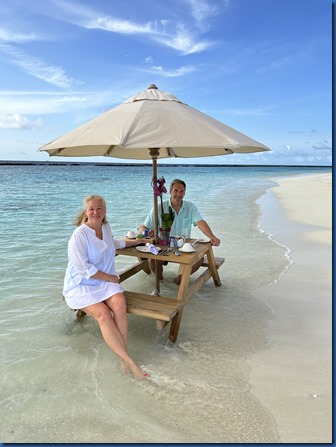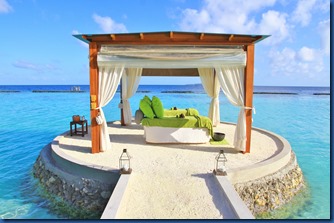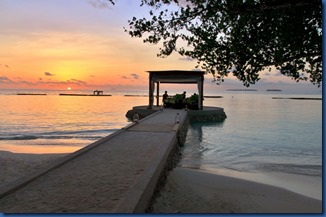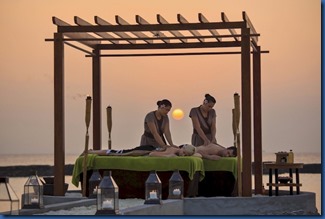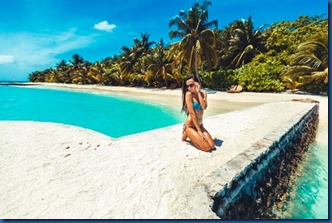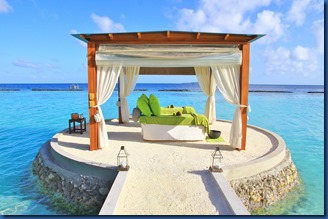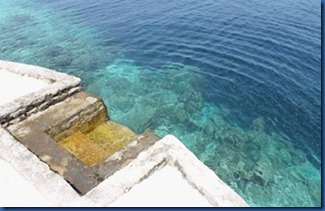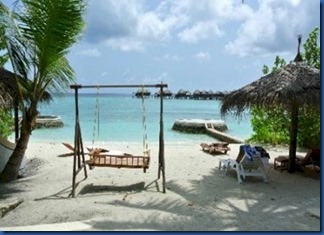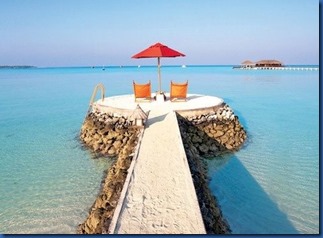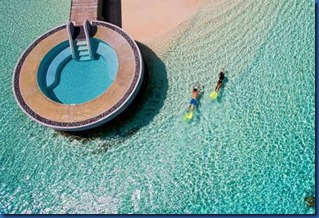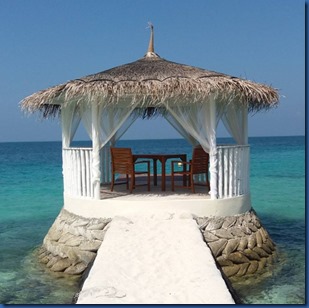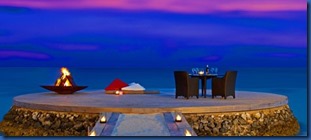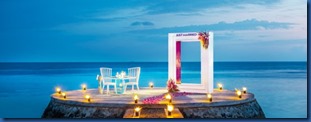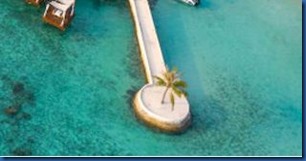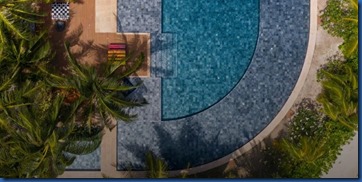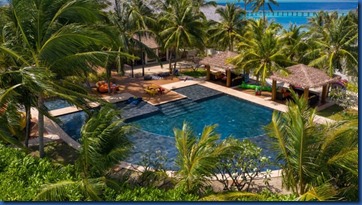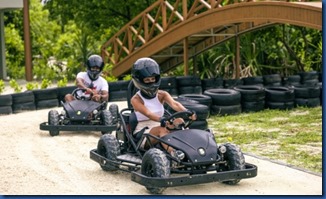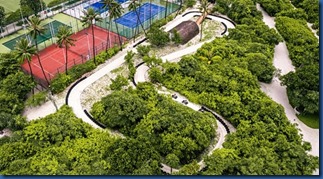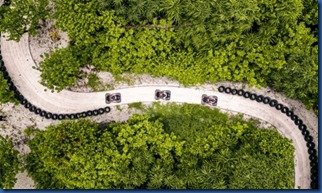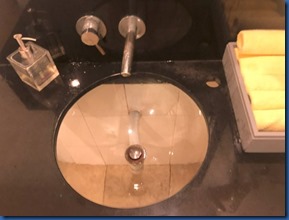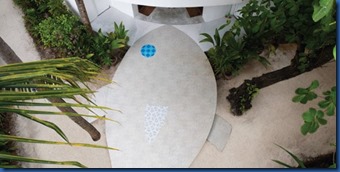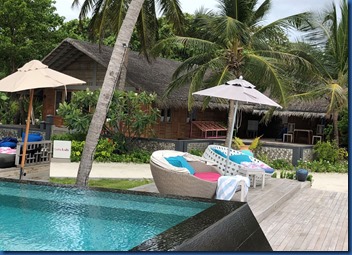World Oceans Day today celebrates the many wonders of the aquatic wonderland that defines the Maldives. But what defines a great destination for a house reef snorkel or exceptional dive site. One of the most frequently asked questions on the TripAdvisor Maldives Forum is which resort has the best house reef. But the obvious first question is “best in what way?” There are so many different qualities to a great reef. The best reef for you depends on how you weight each of these characteristics and how strong the reef is in each of them.
This is why my “House Reef Rating” on the Resort Profiles is so basic. It is hard to boil all of these considerations down into a single assessment.
I’ve been diving and snorkelling in the Maldives for two decades and have visited over 120 different islands (staying at over 116 different resorts), as well as other diving and snorkeling spots across the globe (Caribbean, Mediterranean, Red Sea, Galapagos, Indonesia).
To help break down the evaluation, I’ve come up with the 8 D’s of a great house reef…
- Density – Are the fish and coral just packed in like a Tokyo metro or scattered more widely? The best spots are like a grandma’s attic packed the brim with colourful and curious sights.
- Diversity – Is there a wide portfolio of sea life or is it a one-hit wonder? Maybe a spot presents a once-in-a-lifetime chance to swim with a manatee or see a whale migration, but are there side shows as well? The best spots are a veritable 3-ring circus of multiformity.
- Dazzle – Is there a ‘wow’ factor? The place to start here is the ‘Snorkel Safari Big 5’ (ie. Shark, Turtle, Ray, Moray, Lion Fish). Some resident creature, topological feature or other underwater sight that would make your jaw drop if your regulator or snorkel wasn’t in it.
- Distance – Is it easy to just jump in and you are on the reef in minutes? Easy accessibility is especially a part of the carefree, unencumbered, relaxed and spontaneous ethos of snorkeling culture, but access is a consideration for divers too.
- Degrees – How’s the water? Some amazing underwater sights are situated in less temperate areas. As a result, a wet suit is a advised and sometimes even a dry suit is needed. Whatever the underwater allure, chilly water is can be a distraction. Especially snorkeling, the ideal conditions are enjoying the sun on your back and nothing more to fuss with than a t-shirt.
- Decipherability – How far can you see? This is a big D word for ‘water clarity’. Clarity can vary due to currents, sea bed constitution, and ecosystem.
- Dependability – How reliable is the great experience? Are some excursions delights and other duds? A number of sites will have renowned ‘events’, eg. migrations, seasonal activity, feeding, but are only there certain times. The less predictable the less appealing.
- Drop-off – What is the shape of the underwater landscape? A reef ‘drop-off’ is ideal combining the inner reef lagoon shallows (where one can meander horizontally and even stand on sand – never coral! – and see fish in brightly lit sunlight) with a dramatic vertical dimension with deep water schools and marine animals. Pure deep water and pure shallows are never as good as a drop-off combo.
The TripAdvisor Maldives Forum itself also features a robust discussion of the subject og “What Do We Mean By A Great Reef”.

